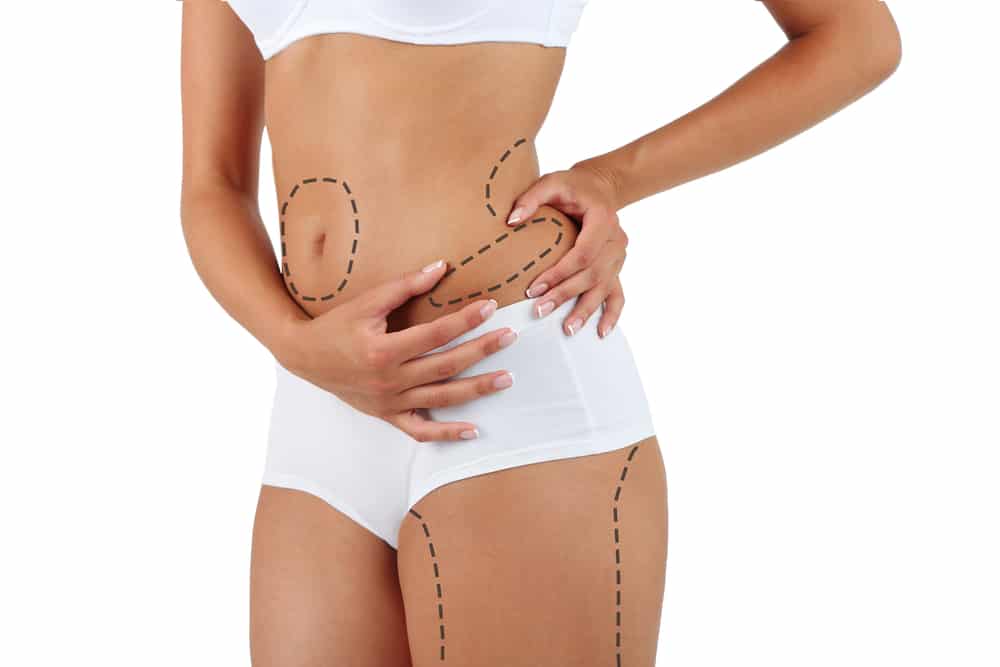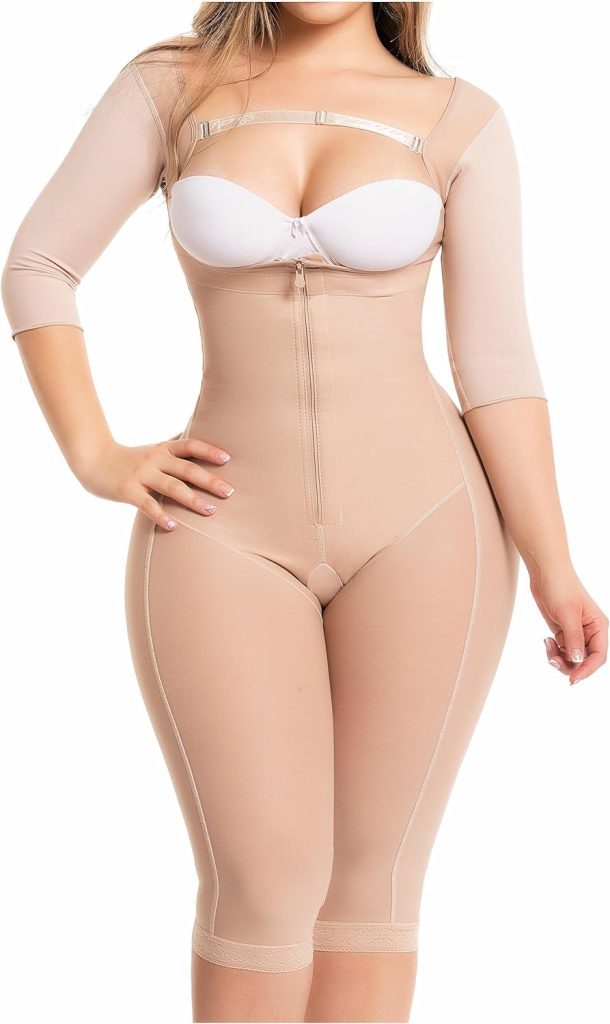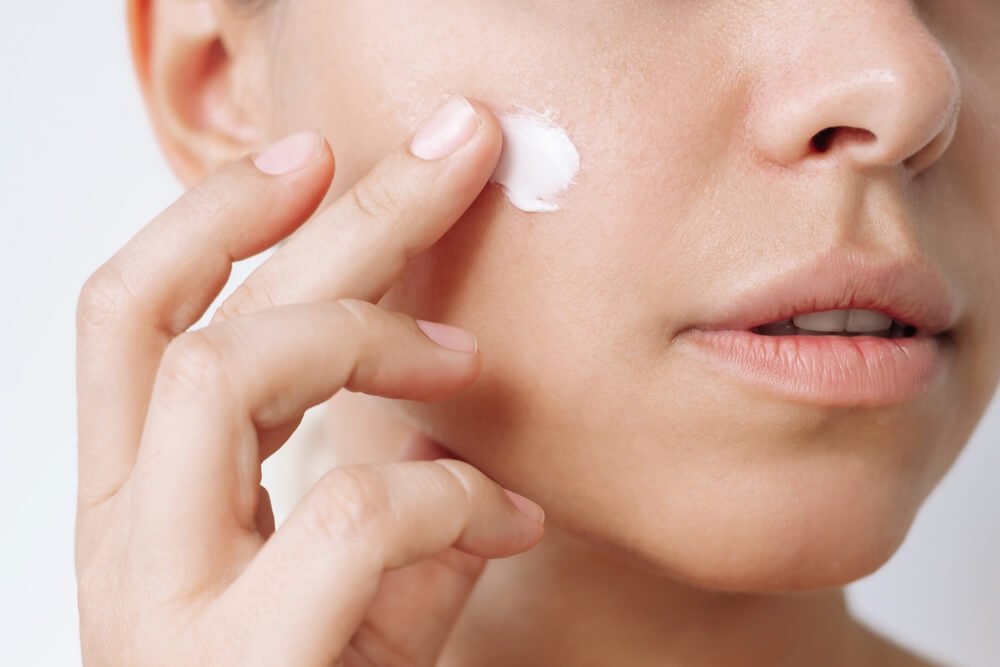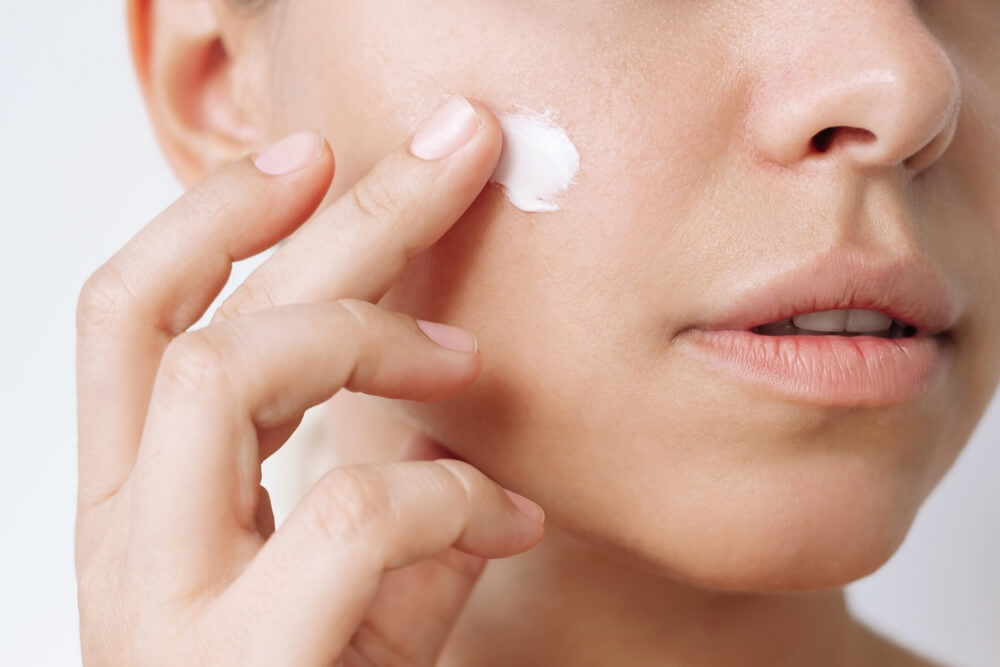Key Takeaways
-
GLP-1 medications like Ozempic and Wegovy play a crucial role in regulating appetite and glucose metabolism, significantly aiding weight loss through hormonal pathways. It’s not a miracle drug. Not everyone will lose a lot of weight. We want to focus on a minimum reduction of 5% in body weight to garner clinical benefits.
-
Discontinuation of GLP-1 can lead to weight regain, and adherence to treatment is vital. Pairing therapy with lifestyle changes can boost effectiveness, making results last longer and be more sustainable.
-
Unlike traditional fat reduction procedures, precision fat removal allows for targeted fat reduction using advanced technology such as laser or ultrasound. By removing these areas of stubborn fat, this approach can both create more desirable body contours and boost self-esteem.
-
Combining these strategies can optimize weight loss outcomes, targeting resistant fat while improving overall body contour. Personalized treatment plans and ongoing monitoring are vital to realizing their full benefits.
-
Together, these treatments can reduce obesity-related health risks, enhance metabolic health, and boost patient confidence by achieving personal body goals.
-
Both GLP-1 medications and precision fat removal have specific safety profiles. Careful, individualized patient evaluations are crucial to identify the most appropriate treatment options. Healthcare providers have an important role in helping make these decisions go right.
Millions of Americans are bothered by stubborn fat that diet and exercise just won’t fix. As an alternative, millions are seeking GLP-1 medications to help control their weight. Every now and then, even these breakthroughs need a little boost.
Precision fat removal techniques may give you the edge you’re looking for. Unlike GLP-1, these approaches—including liposuction and non-invasive body contouring—are able to target stubborn areas directly. With minimal downtime, they provide stunning, natural-looking outcomes, making you feel like the best version of yourself.
With GLP-1 treatments plus precision fat removal, you’ll do more than just lose weight—you’ll achieve the contours you want. As a result, this combination of solutions plays a real-world, practical role for those that desire effective body contouring. Not only can you lose weight, but you can gain the body shape you’ve been wanting.
What is GLP-1?
GLP-1, or glucagon-like peptide-1, is a hormone that has important effects on appetite regulation and glucose metabolism. This hormone is something the body makes on its own. By doing so, it relays sensations of satiety to the central nervous system and aids in regulating glycemic control.
By slowing down digestion, GLP-1 prolongs feelings of fullness, which helps a person to feel satisfied and avoid overeating. Some widely used medications that harness GLP-1’s power are Ozempic and Wegovy. These drugs reproduce the hormone’s effect, giving people a biological leg-up in managing their weight.
GLP-1 medications only work by activating these hormonal pathways. This landmark move provides tangible relief to people who want to lose weight by leveraging the body’s natural regulatory processes.
GLP-1 in Weight Management
The power of GLP-1 meds to induce weight loss is remarkable. Research has demonstrated that these medications safely decrease body weight, on average, by 15% or more. Many people end up losing more than 5%, and that’s important to their health.
The reality is, not everyone has these same experiences. A significant proportion of users won’t lose the weight they’re hoping for, underscoring the fact that everyone’s weight management journey is unique. Achieving a body weight loss of ≥5% is important.
Achieving this milestone can do amazing things to improve your metabolic health and reduce your risk of serious related health complications.
Limitations of GLP-1 Therapy
As promising as it is, GLP-1 therapy has its limits. Stopping these medications will likely result in weight regain, highlighting the importance of ongoing treatment. Adherence can be difficult, as factors including side effects and lifestyle demands affect dedication to treatment.
To maximize the benefits of this powerful therapy, adopt lifestyle changes such as a healthy diet and increased physical activity. This makes it a more holistic approach to weight management.
Precision Fat Removal Explained
Precision fat removal targets specific areas of fat that are resistant to diet and exercise. Unlike weight loss alone, it addresses these areas using precise, advanced technology, providing a long-lasting solution. Where diet and exercise only shrink fat cells, precision fat removal eliminates them for results that last.
This technique pairs beautifully with weight management plans, creating a more dramatic improvement in body contour.
Definition of Precision Fat Removal
Precision fat removal goes further by employing noninvasive methods such as laser and ultrasound to specifically target and break down fat cells. These techniques use various technologies to deliver targeted energy, precisely breaking down fat in focused treatment areas.
Personalization is key—each procedure is customized to each patient’s unique body shape and desired outcome. Rest assured, we tailor the process to achieve the best results for each patient, targeting specific areas such as the abdomen, thighs, and arms.
Techniques for Precision Fat Removal
|
Technique |
Pros |
Cons |
|---|---|---|
|
Laser Lipolysis |
Minimally invasive, quick recovery |
Possible skin burns |
|
Ultrasound Cavitation |
Non-invasive, no downtime |
Multiple sessions needed |
|
Cryolipolysis |
No surgery, targets stubborn fat |
Temporary numbness |
Although laser lipolysis and ultrasound cavitation are both popular fat removal methods, they do completely different things. Recent technological advancements have bolstered efficacy, making today’s treatments more effective, precise, and comfortable.
Benefits of Precision Fat Removal
Precision fat removal provides sharper body contours, making the perfect pairing with GLP-1 Medical Weight Loss. This powerful one-two punch can produce the combined effects of weight loss, like a 10-15% decrease in starting body weight.
Beyond these physical improvements, people frequently enjoy improved self-esteem and body image, which contributes to greater mental health and happiness. Taking BodySculp results even further with BodyTone.
Integrating treatments with BodySculp further refines results, restoring energy and sculpting the physique.

Combining GLP-1 with Precision Fat Removal
1. Enhancing Weight Loss Results
That’s why combining GLP-1 therapy with precision fat removal can help enhance weight loss results to a greater extent. GLP-1 receptor agonists actively sculpt bodies through visceral adiposity. As such, GLP-1s can assist people in attaining substantial weight loss, often close to 20% of their body weight.
Precision fat removal techniques like liposuction and CoolSculpting™ remove only the fat you want to get rid of. When used together, they can help you achieve even more total fat loss. For example, while GLP-1 aids in decreasing liver fat and improving metabolic health, precision techniques can swiftly tackle stubborn areas like the abdomen, speeding up visible results.
This dynamic duo is further enhanced by ongoing monitoring, which offers the opportunity for real-time adjustments that maximize results.
2. Targeting Stubborn Fat Areas
Certain pockets of fat are resistant to diet and exercise. Precision fat removal is very adept at directly targeting these stubborn deposits in otherwise challenging areas such as the thighs or upper arms.
By directly targeting these areas, the approach works in conjunction with the broader benefits of GLP-1 therapy. This dual approach allows for a holistic weight management strategy, addressing the complexities of visceral and subcutaneous fat.
3. Improving Body Contour
Precision fat removal further improves body contours, adding to aesthetic and health improvements. This beautiful process enhances mobility and physical health by simplifying body form.
Smart weight-loss supplementation makes the results of effective contouring more potent, providing patients with a more balanced appearance.
4. Boosting Patient Confidence
Both effective weight loss and body contouring improve self-esteem tremendously. Patients are quick to testify to increased happiness with before and after pictures, but the psychological boost of reaching a body goal is evident.
Together, with GLP-1 and precision fat removal, these therapies do more than transform bodies — they transform lives, renewing self-assurance and encouraging hope.
Health Implications of the Combination
Long-term Health Benefits
Combining GLP-1 therapy with precision fat removal offers a wealth of long-term health benefits:
-
Improved metabolic health and insulin sensitivity
-
Enhanced cardiovascular health through regulated blood sugar levels
-
Lowered risk of type 2 diabetes development
-
Reduced inflammation and better overall body composition
These benefits can have a profound effect on metabolic health, reversing obesity-related complications and encouraging healthier behaviors and choices.
Consistent health monitoring is just as important after treatment, to make sure that these health improvements last for years to come.
Safety and Effectiveness Considerations
GLP-1 medications like Semaglutide and Tirzepatide, along with precision fat removal techniques, have shown promising safety profiles.
Potential side effects, such as nausea or site-specific discomfort, may occur. A thorough patient evaluation is necessary to assess the risk-benefit ratio of combined therapies.
Healthcare providers play a vital role in ensuring patient safety by tailoring treatment plans based on individual health status and needs.
Patient Suitability and Selection
Determining patient suitability for combined treatments involves several key factors:
-
Current health status and medical history
-
Personal weight management goals
-
Ability to maintain a healthy lifestyle post-treatment
Individualized treatment plans are imperative, but the approach should focus on building a partnership between patients and health care providers.
This multidisciplinary collaboration allows the unique needs of each patient to be considered, tailoring the approach and getting the most out of the combined therapies.
Conclusion
Complementing GLP-1 with precision fat removal offers exciting new opportunities in improving health and not just for the obese. This powerful duo is key not only to maximizing your weight loss efforts but to becoming more shapely and curvier overall. People tell us this combination helps them feel more confident and energetic. The combination of these approaches is designed to address the most resistant pockets of fat while improving overall metabolic health. People gain more than just a trimmer appearance; they gain improved health and energy. That potent combination creates a perfect recipe for making smart, meaningful changes that stick.
Ready to take the first step towards a healthier you? Learn more about how GLP-1 and precision fat removal can complement your journey to wellness today. Talk to a healthcare provider and discover more about this dynamic solution that can help you reach your health goals.
Frequently Asked Questions
What is GLP-1?
GLP-1, or glucagon-like peptide-1, is a natural hormone that plays an essential role in regulating blood sugar. That’s why it’s become a mainstay in drugs to treat diabetes and induce weight loss.
How does precision fat removal work?
Precision fat removal employs advanced techniques such as tumescent liposuction or laser fat removal to eliminate stubborn pockets of fat while avoiding surrounding tissue. It’s intended to complement body contouring by precisely targeting and removing stubborn fat cells.
Why combine GLP-1 with precision fat removal?
Complementing GLP-1 with precision fat removal can help patients achieve the weight loss results they desire. While GLP-1 helps control weight across the entire body, precision fat removal focuses on areas that are often resistant to diet and exercise.
Are there health risks with combining GLP-1 and fat removal?
As with any medical treatment, there are potential risks involved. Talk to your healthcare provider to determine individual health risks before starting treatments in combination.
Who should consider this combination treatment?
Those who are unable to achieve lasting weight loss results by taking GLP-1 can find relief. It is ideal for patients who want to address stubborn pockets of fat as part of a comprehensive weight management strategy.
How soon can results be seen from this combination?
Individual results may vary. With GLP-1, you start to feel the effects in a few weeks. Precision fat removal results can take weeks to months to start showing post-treatment.
Is the combination treatment covered by insurance?
Insurance coverage varies by policy. Usually, precision fat removal is still seen as purely cosmetic and therefore not covered. Please confirm with your individual provider for details.





















